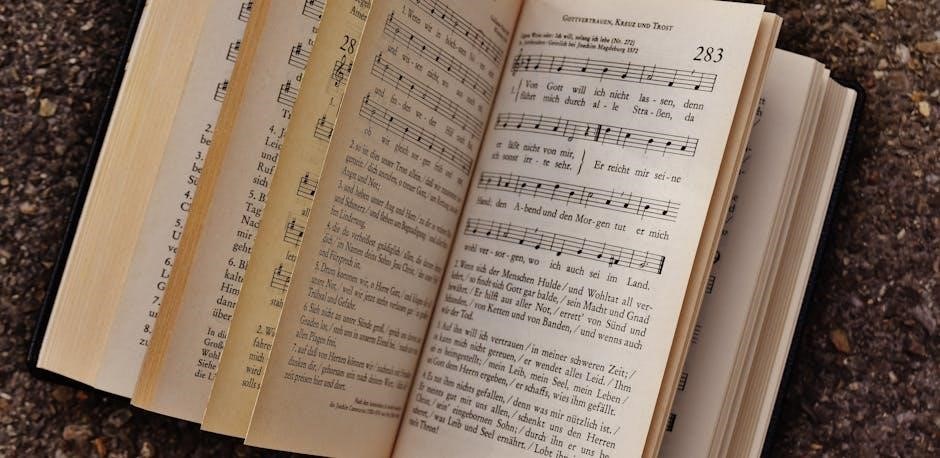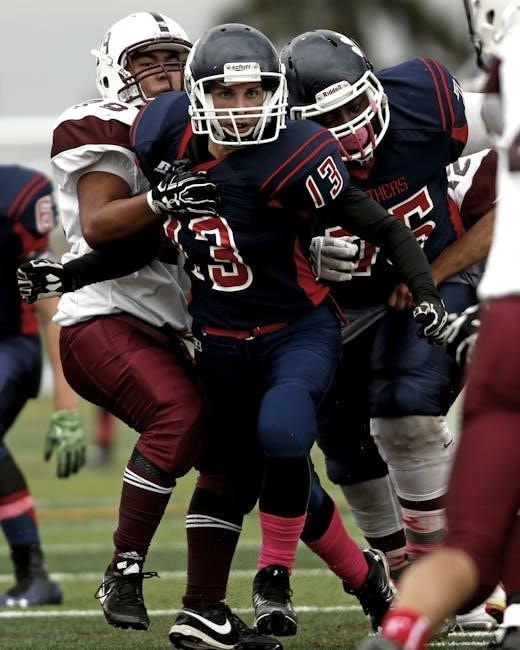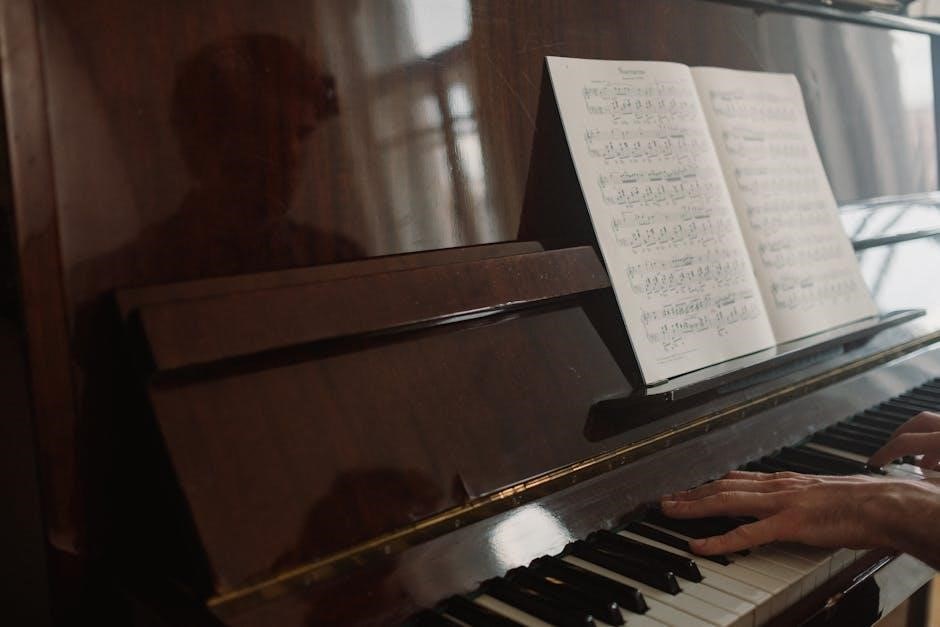Discover the ultimate shopping experience with our weekly program guide, featuring a wide range of products and shows, making it easy to plan your shopping schedule, every day, online now, instantly available.
Overview of Shopping Channels
Shopping channels have become an essential part of modern retail, offering a convenient and engaging way to shop from the comfort of your own home. With a wide range of products and shows, shopping channels cater to diverse tastes and preferences, making them a popular choice among consumers. The channels feature various categories, including electronics, jewelry, beauty products, and home appliances, showcasing top brands and designers. They also provide detailed product information, demonstrations, and customer reviews, helping viewers make informed purchasing decisions. Additionally, shopping channels often offer exclusive deals, discounts, and promotions, creating a sense of urgency and encouraging viewers to make a purchase. Overall, shopping channels have revolutionized the retail landscape, providing a unique and enjoyable shopping experience that combines entertainment, education, and convenience, with many channels now available online, making it easy to access and shop anytime.

Types of Shopping Channels
Various shopping channels exist, including television, online, and mobile platforms, offering diverse products and services, with some focusing on specific categories, like jewelry or electronics, now available.
HSN and HSN2 Live Programs
HSN and HSN2 offer a wide range of live programs, featuring various products and services, including electronics, jewelry, and home goods, with experienced hosts and guest experts providing detailed information and demonstrations.
These live programs are designed to engage viewers and provide an immersive shopping experience, with many products available for purchase immediately, and some programs offering exclusive deals and promotions, making them a great way to discover new products and brands, and to take advantage of special offers, all from the comfort of your own home, with the convenience of online shopping, and the excitement of live television, making it a unique and enjoyable experience, with something for everyone, and a great way to stay up-to-date on the latest products and trends, with new programs and products being added all the time, and a user-friendly interface that makes it easy to navigate and find what you’re looking for.

Weekly Program Guides
Weekly program guides provide schedules and details of upcoming shows, making it easy to plan viewing and shopping, online now, instantly available every day.
Printable Program Guides and Channel Finders
Printable program guides are available online, allowing viewers to plan their shopping and viewing schedule in advance, with a list of shows, products, and hosts.
Channel finders are also available, making it easy to locate the shopping channel on various television providers, including cable and satellite.
Additionally, many shopping channels offer online channel finders, which allow viewers to enter their zip code and find the channel number for their area, making it easy to tune in and start shopping.
With printable program guides and channel finders, viewers can stay up-to-date on the latest products and shows, and plan their shopping and viewing schedule with ease, online now, instantly available every day, with new products and shows added regularly.

Hosts and Show Schedules
Meet the hosts and view their show schedules, featuring favorite personalities and products, online now, every day, with new shows and hosts added regularly and instantly available.
Meet the Hosts and Show Hosts Closet
Get to know the shopping channel hosts, their personalities, and styles, as they showcase their favorite products and share their expertise, making shopping a delightful experience. The show hosts closet is a great way to discover new products and trends, as the hosts share their own preferences and recommendations. With a wide range of hosts and products featured, there’s always something new to explore and learn. The hosts are passionate about sharing their knowledge and helping viewers make informed purchasing decisions. By meeting the hosts and exploring their closet, viewers can gain a deeper understanding of the products and services offered, and make the most of their shopping experience. The shopping channel provides an interactive and engaging way to shop, with the hosts playing a key role in making the experience enjoyable and informative, every day, online now, with new shows and hosts added regularly.

Shopping Channel Schedules
Find daily and weekly schedules, including early morning, morning, afternoon, evening, and full day listings, with show times and details, online now, easily accessible, every day, instantly.
Early Morning, Morning, Afternoon, Evening, and Full Day Schedules
The shopping channel weekly program guide provides a detailed schedule of shows, including early morning, morning, afternoon, evening, and full day listings, making it easy to plan your day.
The early morning schedule typically features a range of products, from household items to fashion and beauty products.
The morning schedule often includes popular shows, such as cooking and home decor programs.
The afternoon schedule may feature special promotions and deals, while the evening schedule often includes live shows and special events.
The full day schedule provides a comprehensive list of all shows and products featured throughout the day, allowing viewers to plan their shopping experience.
With the shopping channel weekly program guide, viewers can easily find and watch their favorite shows, and stay up-to-date on the latest products and deals, every day, online now, instantly available, with ease and convenience, every time.






























